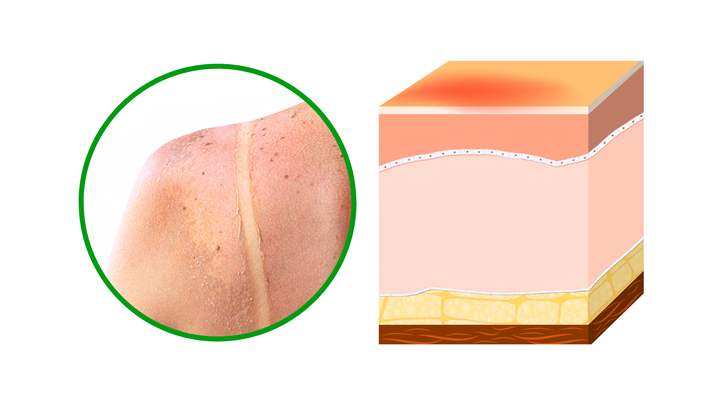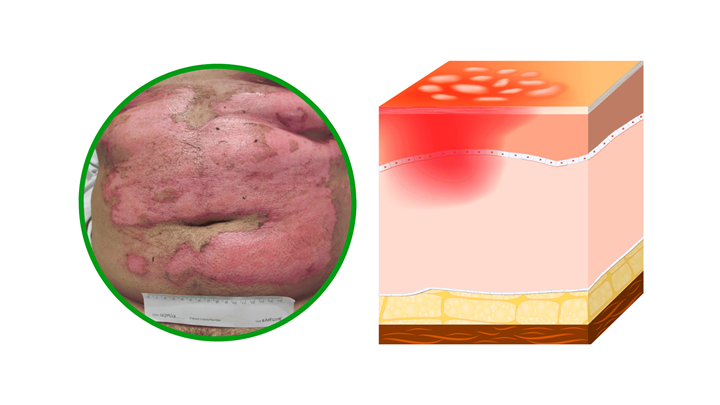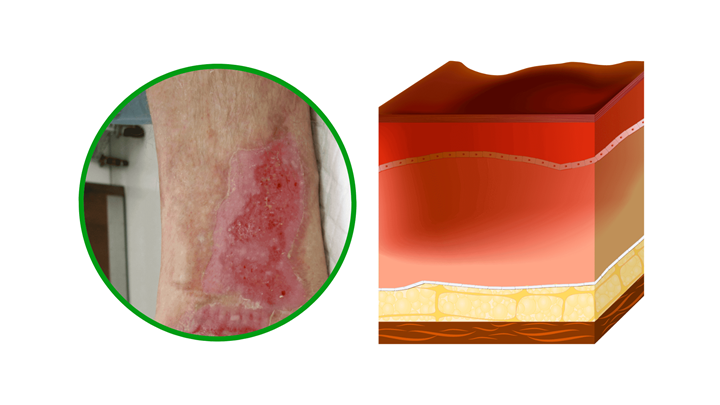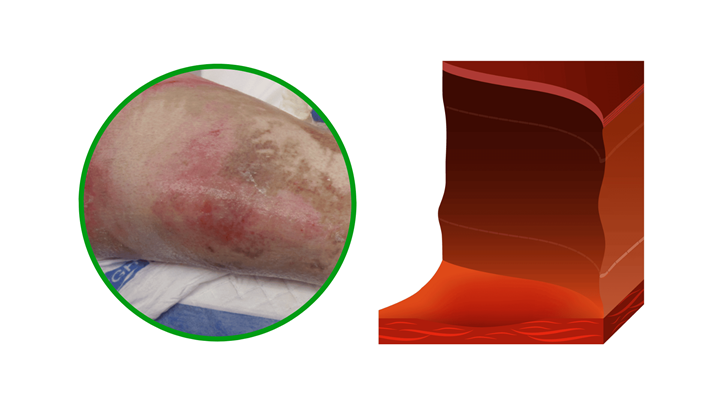Burns are a challenging kind of wound to treat. Burn treatment depends on the type and severity of the burn. In determining how to care for burns, you will need to understand what type of burn you are treating.
Burns vary significantly in terms of severity, with a wide variety of clinical needs depending on a spectrum of factors, such as anatomical location, degree of temperature, duration, surface area and depth

Different burn dressings and dressing protocols address different burn needs:
- For superficial partial-thickness burns, burn dressings should be left on the wound for long periods of time (at least one week), until healing
, - Partial-thickness burns have moderate to high exudate levels where foams and alginates can be an option
- Antimicrobial dressings for burns, such as silver dressings, may be used prophylactically as a barrier to microorganisms
- A systematic review concluded that standard use of SSD in the conservative treatment of partial-thickness burns can no longer be supported
The objective of this study was to investigate what dressing is the most appropriate for a burn on a global scale via a questionnaire, 196 experts from 49 countries participated in the survey
- Pain management plays a significant role in the perception of the ideal dressing
- Silver-based dressings are the most used dressings for superficial (45.2%) and deep burns (52.8%)
- 94.8% believe that the choice of burn dressing affects the outcome
- The top 6 burn dressing characteristics, ranked by importance:
- Anti-infectiveness
- Pain-free dressing change
- Pain reduction
- Lack of adhesion to wound bed
- High absorbency
- Requirement of fewer dressing changes
Learn more about the findings with Pr Kamolz, co-author of the publication:
The choice of a dressing for burns should take into account several factors. The following are guidelines in burn dressing selection:
European Burn Association (EBA) guidelines
The choice of burn dressings depends on: cause, size, depth, location, degree of exudation, contamination level and costs.
International Society for Burns Injuries (ISBI) guidelines
Characteristics of an ideal dressing would be the following:
- Provides an optimum environment for moist wound healing
- Allows gaseous exchange of oxygen, carbon dioxide and water vapor
- Provides thermal insulation
- Impermeable to microorganisms
- Free from particulate contaminants
- Non-adherent
- Safe to use
- Acceptable to the patient
- High absorption properties
- Cost-effective
- Allows monitoring of the wound
- Provides mechanical protection
- Nonflammable
- Sterile
- Available in all settings
- Requires infrequent changes
- Ready to use to reduce dressing time
'References'










